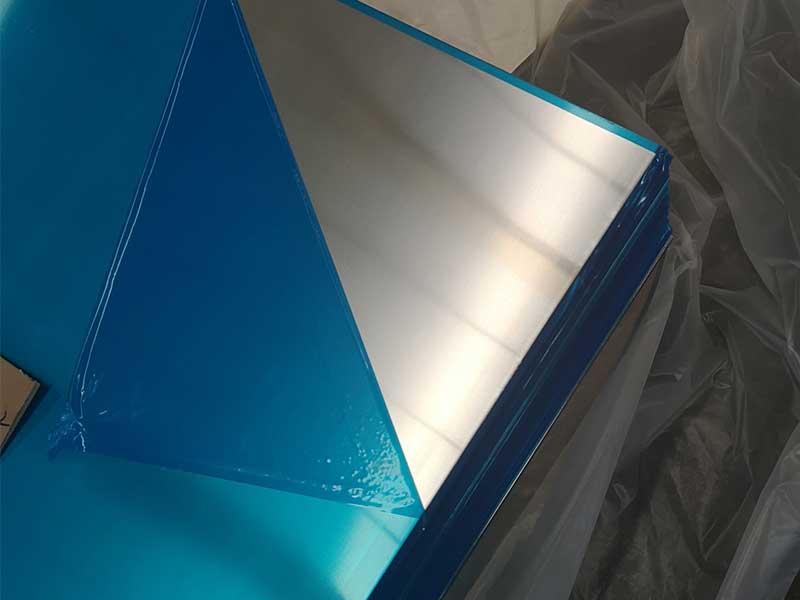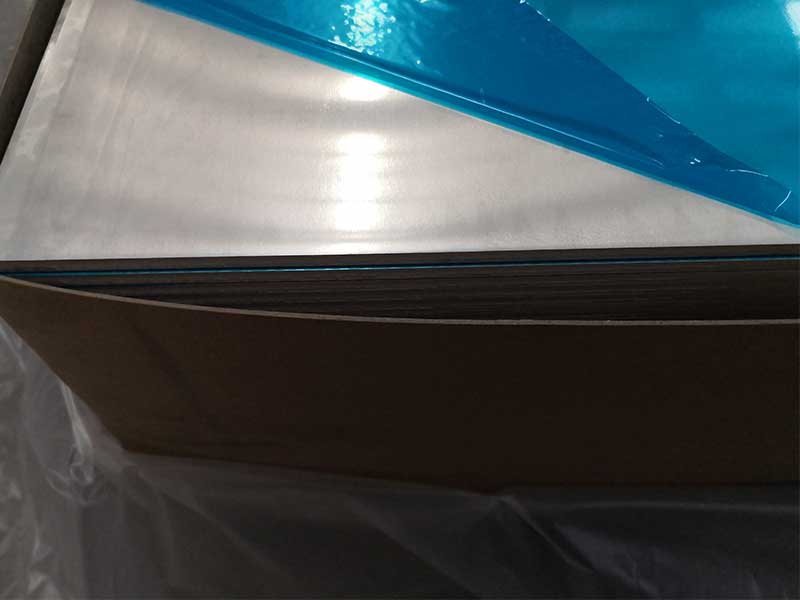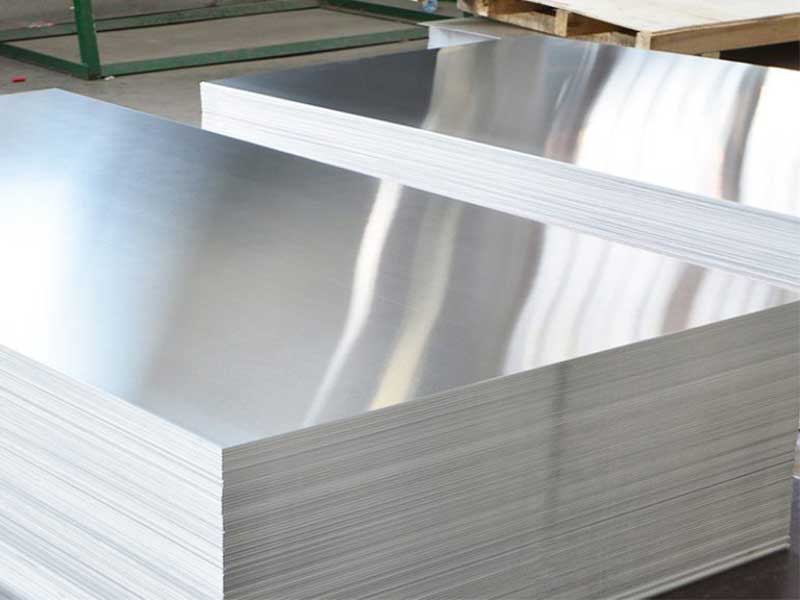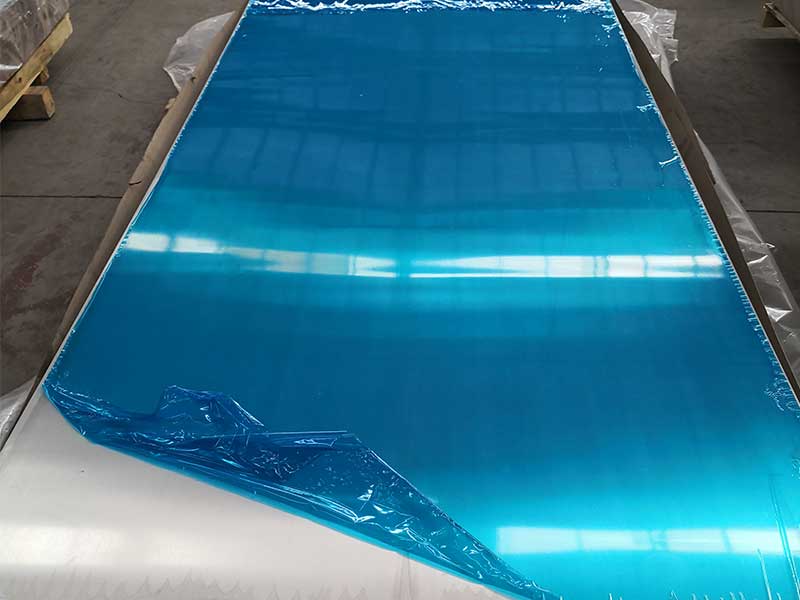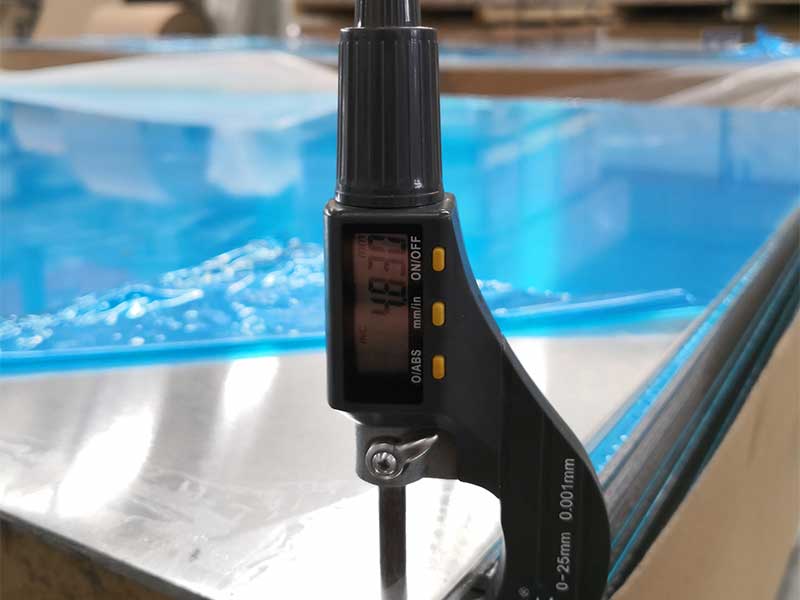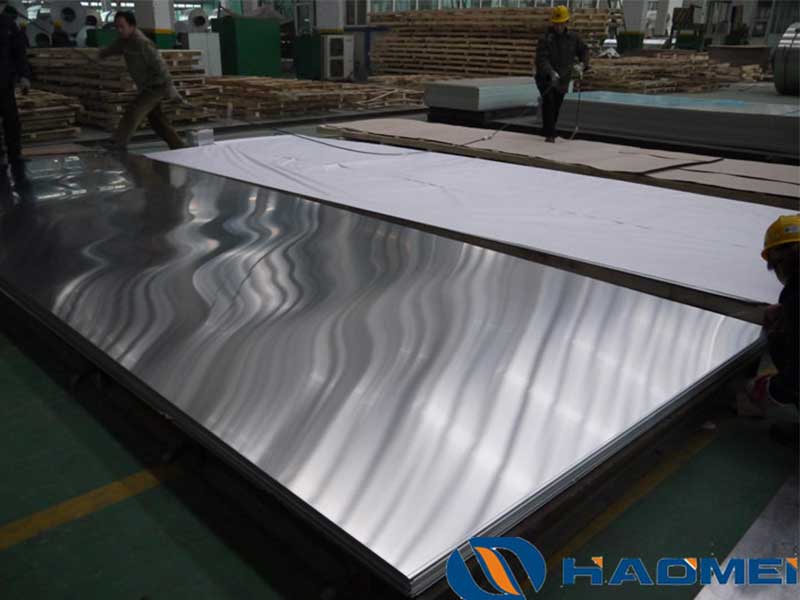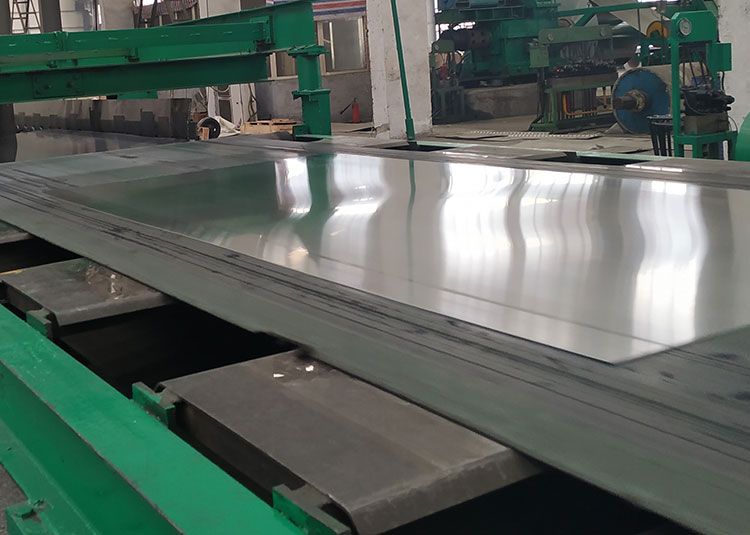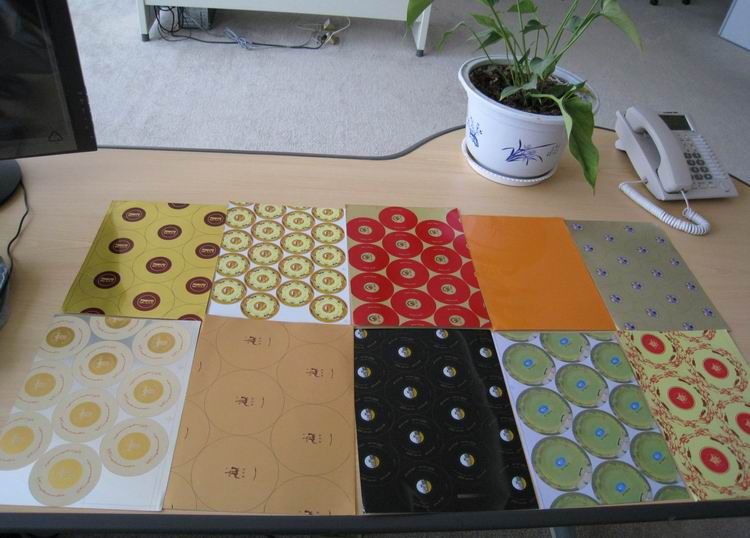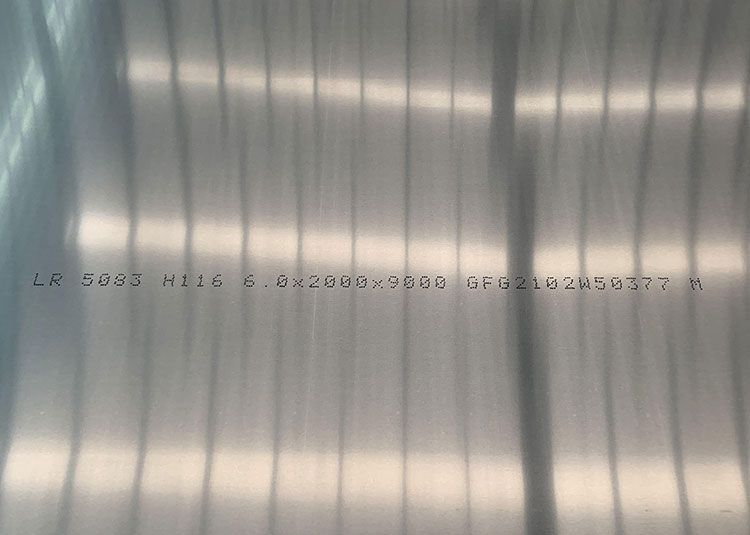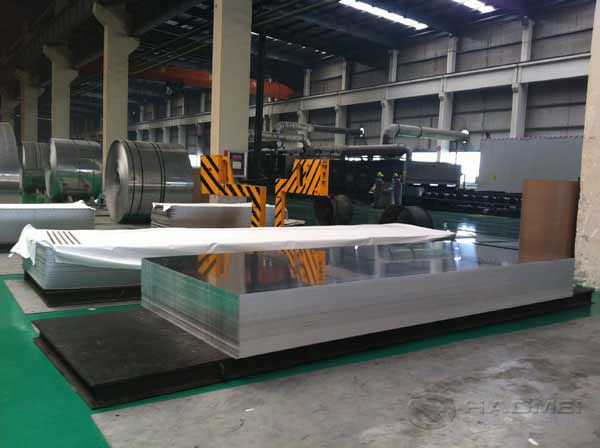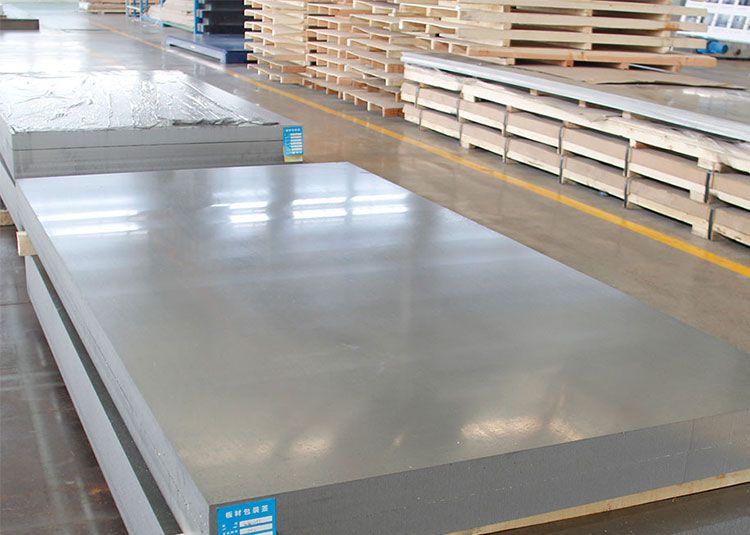Anodizing of aluminum and aluminum alloys is superior to chemical oxidation and can be used as the basis for final corrosion protection, decoration or coloring, dyeing and electrocoating. According to the type of electrolyte and film performance, anodizing can be divided into sulfuric acid method, chromic acid method, oxalic acid method, mixed acid method, hard and porcelain anodizing and other methods.
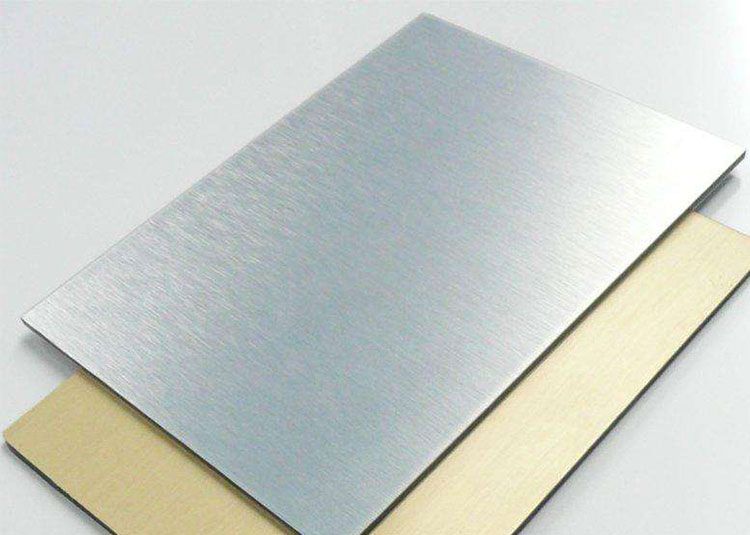
Chen Hua:
Aluminum oxidation processing leads to structural variation of the oxide film due to the slow continuation of the sealing process. The degree of change depends on the atmospheric exposure time.
Burnout:
1. During the anodizing process, the aluminum substrate is partially damaged due to the severe electrical breakdown of the oxide film.
2. During the anodic oxidation process, the anodic oxide film has a soft powdery surface due to local overheating.
Powdering:
Aluminum Oxidation Processing The anodized surface is exposed to the atmosphere to form a layer of white powder, usually due to the poor quality of the anodized film.
Weathered Frost Spots:
When the anodic oxide film is exposed to the atmosphere, especially exposed to industrial atmospheric conditions, a layer of white frost spots is produced on the surface due to irregular light and chemical effects. These frost spots are difficult to remove with conventional cleaning methods.
Size growth:
After anodization, the volume changes due to the conversion of aluminum to aluminum oxide, resulting in an increase in size. The increase is one third of the oxide film thickness.


